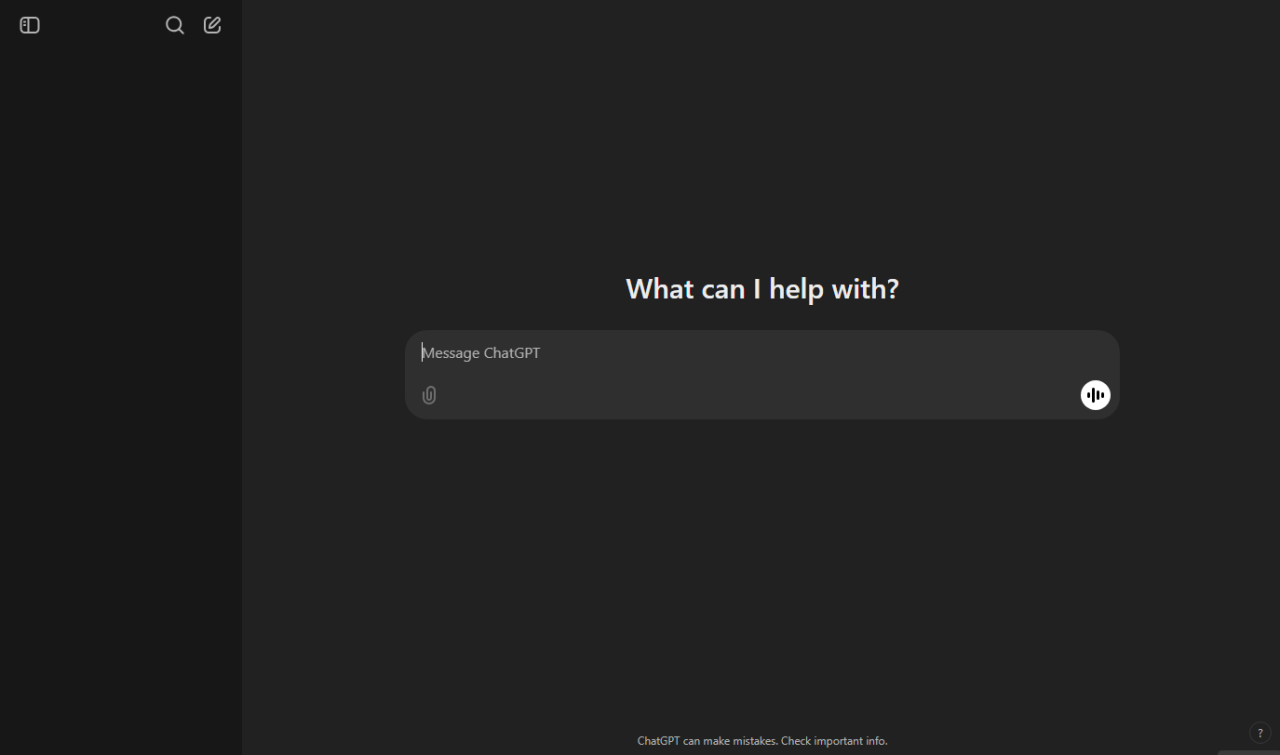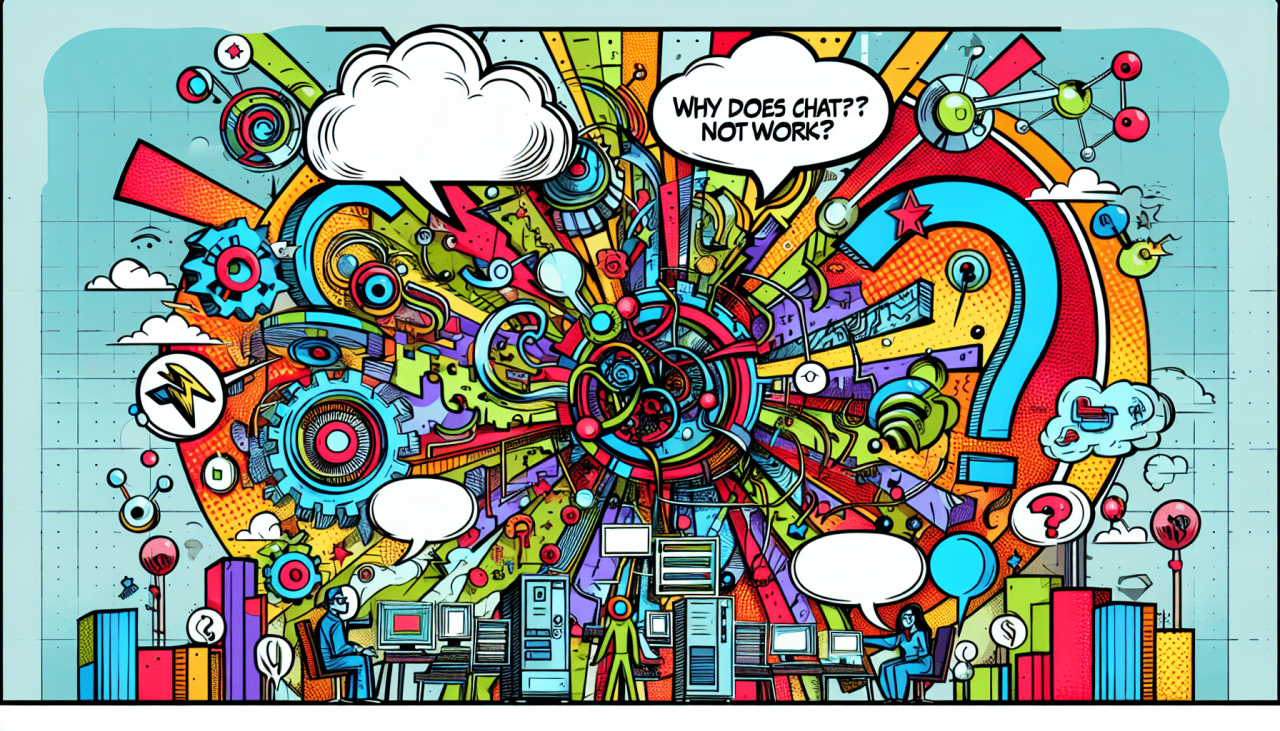Chatgpt down? – Kami Down? It’s a question many users find themselves asking, especially when relying on this powerful AI for tasks ranging from writing emails to generating code. Downtime can be frustrating, but understanding the potential causes and solutions can help you navigate these interruptions more effectively. This guide will explore the reasons behind service disruptions, common user experiences, and strategies for minimizing the impact of outages.
So, you’re wondering, “ChatGPT down?” It happens sometimes! To quickly check the status, head over to this helpful site: is chatgpt down to see if it’s a widespread issue or just you. Knowing if ChatGPT is down helps you troubleshoot effectively and get back to chatting.
From server issues and unexpected surges in demand to planned maintenance, several factors can lead to temporary unavailability. We’ll examine these causes, detailing how they affect users and the steps taken to restore service. We’ll also look at how companies communicate these disruptions and the alternative tools available when the primary service is down.
Kami Service Disruptions

Service interruptions, unfortunately, are a reality for any online service, including Kami. Understanding the causes, impacts, and mitigation strategies for these disruptions is crucial for both users and providers. This article explores various aspects of Kami downtime, from the technical causes to the user experience and communication strategies employed during such events.
ChatGPT down? Yeah, it happens. Sometimes, you need a distraction, like news of a major incident, such as the recent drone crash paris which is causing quite a stir. Anyway, back to ChatGPT – hopefully, it’s back online soon!
Service Interruptions: Causes, Examples, and Communication

Temporary outages can stem from a variety of factors, ranging from planned maintenance to unforeseen technical glitches. These issues can impact service availability and user experience significantly.
Past service disruptions have included instances of increased server load due to high user demand, resulting in slow response times or complete unavailability. The duration of these outages has varied, from a few minutes to several hours, depending on the severity and complexity of the underlying problem. For example, a major outage in [Month, Year] lasted approximately [Duration], affecting [Percentage] of users.
Typically, Kami uses multiple communication channels to keep users informed about outages. These include in-app notifications, email alerts, social media updates (like Twitter or Facebook), and possibly even a dedicated status page on their website. The choice of channel depends on the severity of the outage and the urgency of the information.
| Severity | Duration | User Impact | Cause |
|---|---|---|---|
| Minor | Minutes | Slight slowdown, minor errors | Network fluctuation |
| Moderate | Hours | Significant slowdown, intermittent unavailability | Server overload |
| Major | Days | Complete unavailability | Major system failure |
| Critical | Extended period | Widespread service disruption, data loss (potential) | Catastrophic hardware failure, security breach |
User-Reported Issues During Downtime, Chatgpt down?
During periods of reported downtime, users often experience a range of issues. Common experiences include error messages, inability to access the platform, slow loading times, and difficulty using specific features.
Patterns in user-reported problems can often be identified, sometimes correlating with geographical location or specific features. For example, a higher concentration of reported issues from a particular region might indicate a problem with a regional server. Similarly, consistent problems with a specific feature might point to a bug in that particular code segment.
Frustrations experienced during service disruptions often include lost productivity, inability to complete tasks, and general inconvenience. The lack of information or unclear communication from the service provider can significantly exacerbate these frustrations.
A hypothetical user feedback form during downtime might include fields for: User ID, geographical location, description of the issue, time of occurrence, and device type.
Technical Aspects: Infrastructure, Reliability, and Preventative Measures
Kami’s underlying infrastructure likely consists of a distributed system of servers, databases, and networking components. Vulnerabilities in any of these components can lead to service interruptions. These vulnerabilities can range from software bugs and hardware failures to security breaches and network outages.
Strategies for maintaining service reliability include redundancy (having backup systems), regular maintenance, robust monitoring, and disaster recovery planning. Load balancing distributes traffic across multiple servers, preventing any single server from becoming overloaded. Failover mechanisms automatically switch to backup systems in case of a primary system failure.
- Regular software updates and patching
- Hardware redundancy and failover systems
- Network monitoring and proactive maintenance
- Capacity planning to handle peak demand
- Security audits and penetration testing
Load balancing distributes incoming requests across multiple servers, preventing overload on any single server. Failover mechanisms ensure that if one server fails, another immediately takes over, minimizing downtime.
Impact on Users: Effects and Coping Strategies
Downtime affects various user groups differently. Businesses relying on Kami for customer service or data analysis may experience significant financial losses. Individuals may experience disruptions to their workflow or communication.
For instance, a business using Kami for automated customer support might see a surge in unanswered inquiries and frustrated customers during an outage. Individuals using Kami for research or writing might experience delays in completing their work.
Users can employ several strategies to cope with temporary service disruptions. These include using alternative tools, planning ahead for potential downtime, and communicating with the service provider to understand the situation.
- Using alternative writing tools or research platforms
- Saving work frequently to prevent data loss
- Scheduling tasks to avoid peak usage times
- Exploring offline alternatives for specific tasks
Communication Strategies: Reducing Anxiety and Building Trust

Effective communication is key to reducing user anxiety during outages. Transparency, timely updates, and clear explanations of the situation can significantly improve user experience.
Communication channels should be chosen strategically, considering the urgency and reach needed. A combination of in-app notifications, email alerts, and social media updates can ensure widespread dissemination of information.
Transparency is crucial; users appreciate knowing what happened, what’s being done to fix it, and when service is expected to resume. Timely updates keep users informed and prevent speculation.
ChatGPT down? Bummer! Maybe you could use the downtime to tackle that printer issue; setting up your Canon TS3420’s Wi-Fi is easier than you think, check out this helpful guide: canon ts3420 wifi setup. Once you’re all connected, you can get back to chatting – hopefully, ChatGPT will be back online soon!
A sample press release announcing a service disruption might include: Headline stating the outage, brief explanation of the cause, estimated duration, and steps taken to resolve the issue. It should also include contact information for further inquiries.
Visual Representation of Downtime

A visual representation of a typical service outage might show a graph depicting service availability over time. The graph would initially show a high level of availability, then a sharp drop during the outage, followed by a gradual recovery as the service is restored. The steepness of the drop would indicate the severity of the outage.
A hypothetical graph illustrating the relationship between user activity and service availability would show a correlation between increased user activity and potential service degradation. As user activity increases, the service availability might gradually decrease until it reaches a critical point where the service becomes unavailable. Once the user activity decreases or the service is restored, availability would increase again.
Final Summary: Chatgpt Down?
Experiencing downtime with a powerful AI tool can be disruptive, but understanding the reasons behind it and having strategies to cope can significantly ease the frustration. By learning about common causes, preventative measures, and effective communication strategies, users can better navigate service interruptions and maintain productivity. Remember, even the most robust systems experience occasional downtime, and preparedness is key.
FAQs
How long do outages typically last?
The duration varies greatly, from a few minutes to several hours, depending on the cause and the scale of the problem.
What should I do if I experience an outage?
Check the service’s status page for updates. If the problem persists, try again later or explore alternative tools.
Are outages predictable?
While some outages are unexpected, planned maintenance is often announced in advance, giving users time to prepare.
Who do I contact if the service is down?
Most services provide contact information or a support forum on their website.
